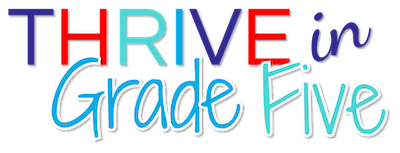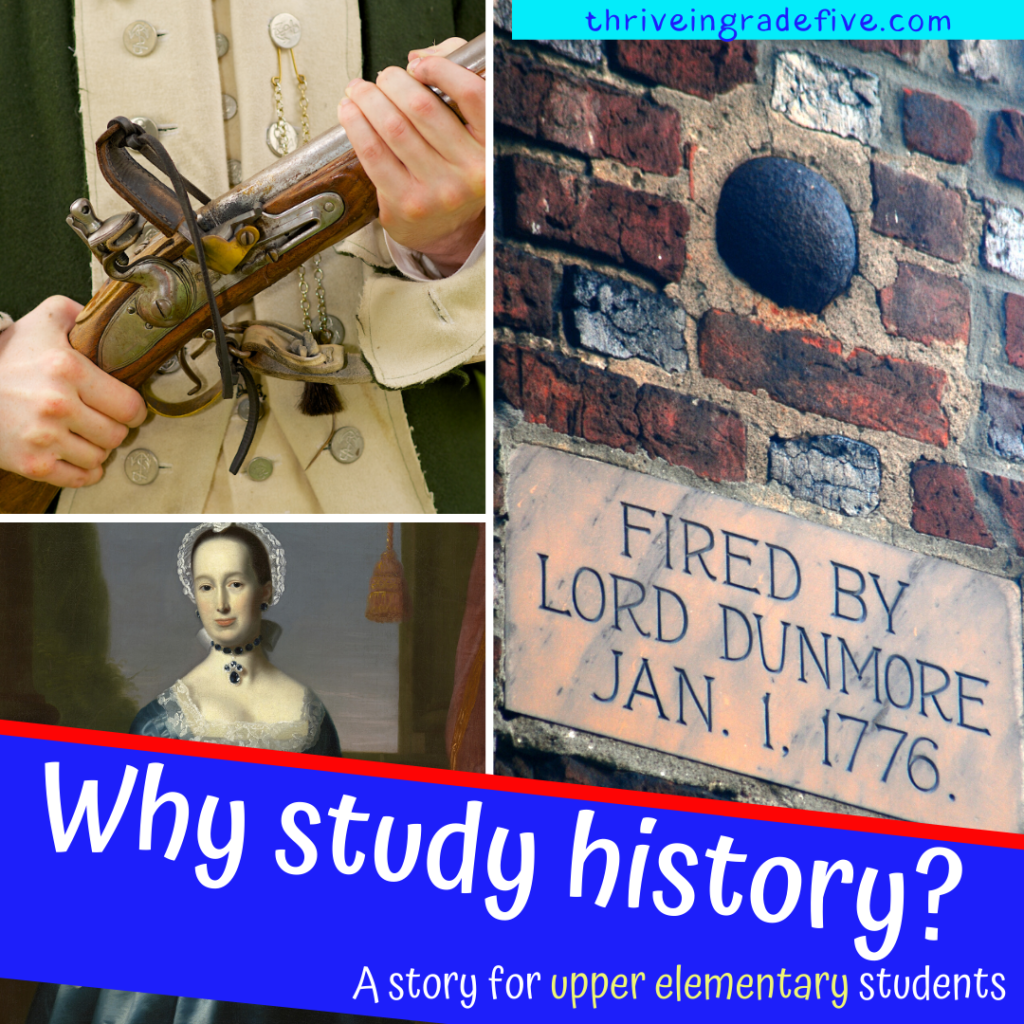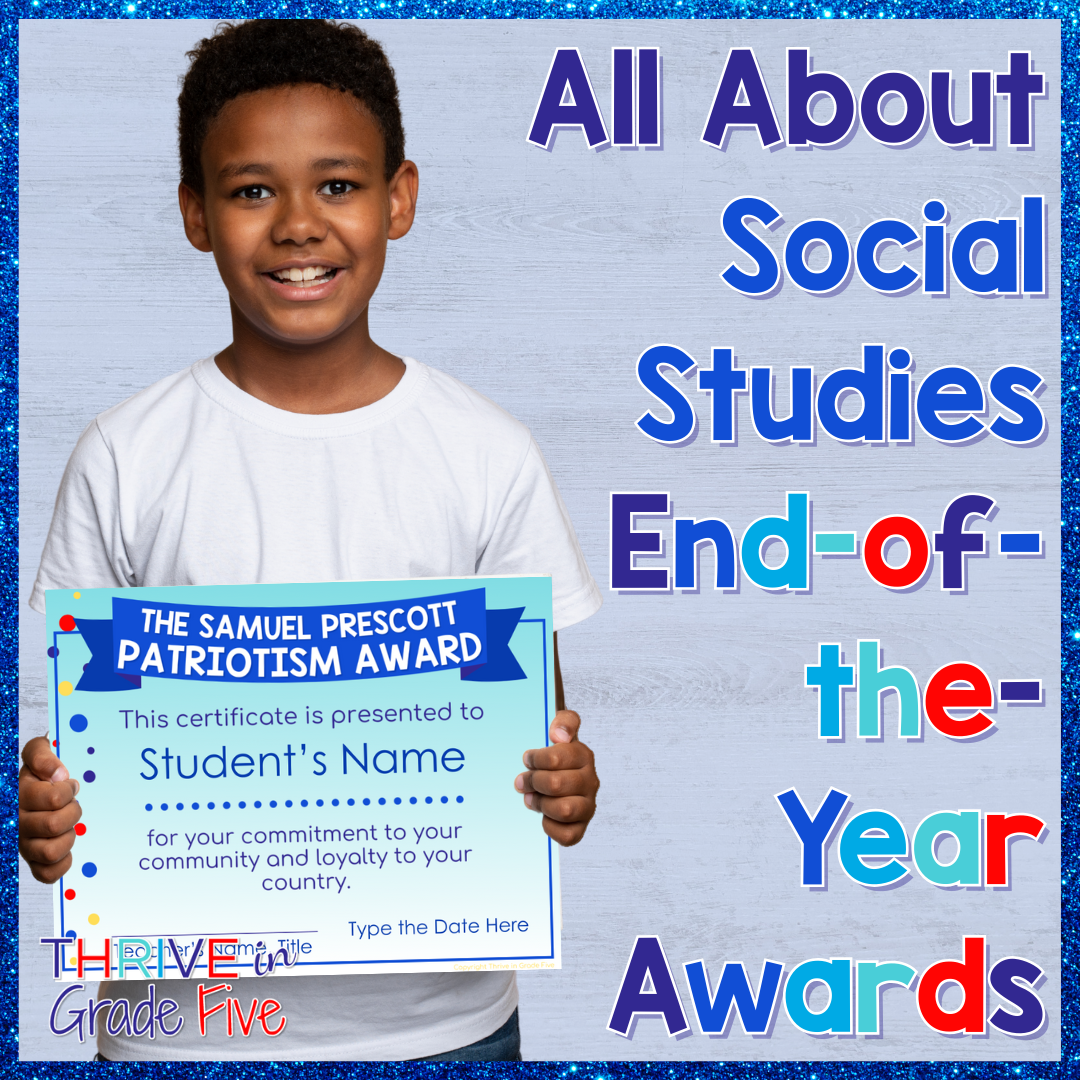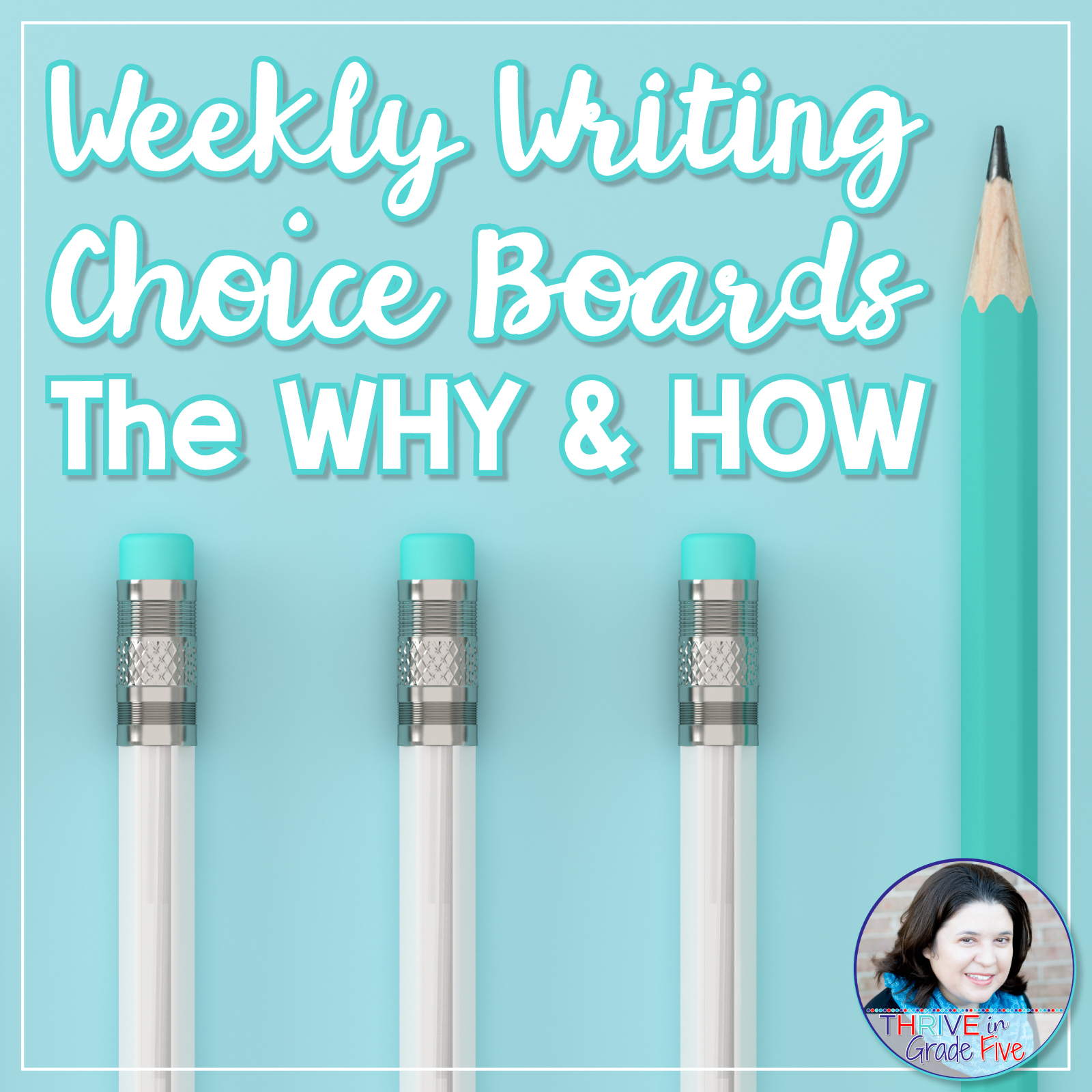I want ALL of my students to love coming to social studies class.
Honestly, most of them do but I get a few reluctant students every year who are not super interested in social studies at first.
They just don’t seem to care about history. [insert whiny voice] “Why do we have to learn about the past? It’s over anyway.”
This is about the time I break out some insightful quotes about the importance of learning history.
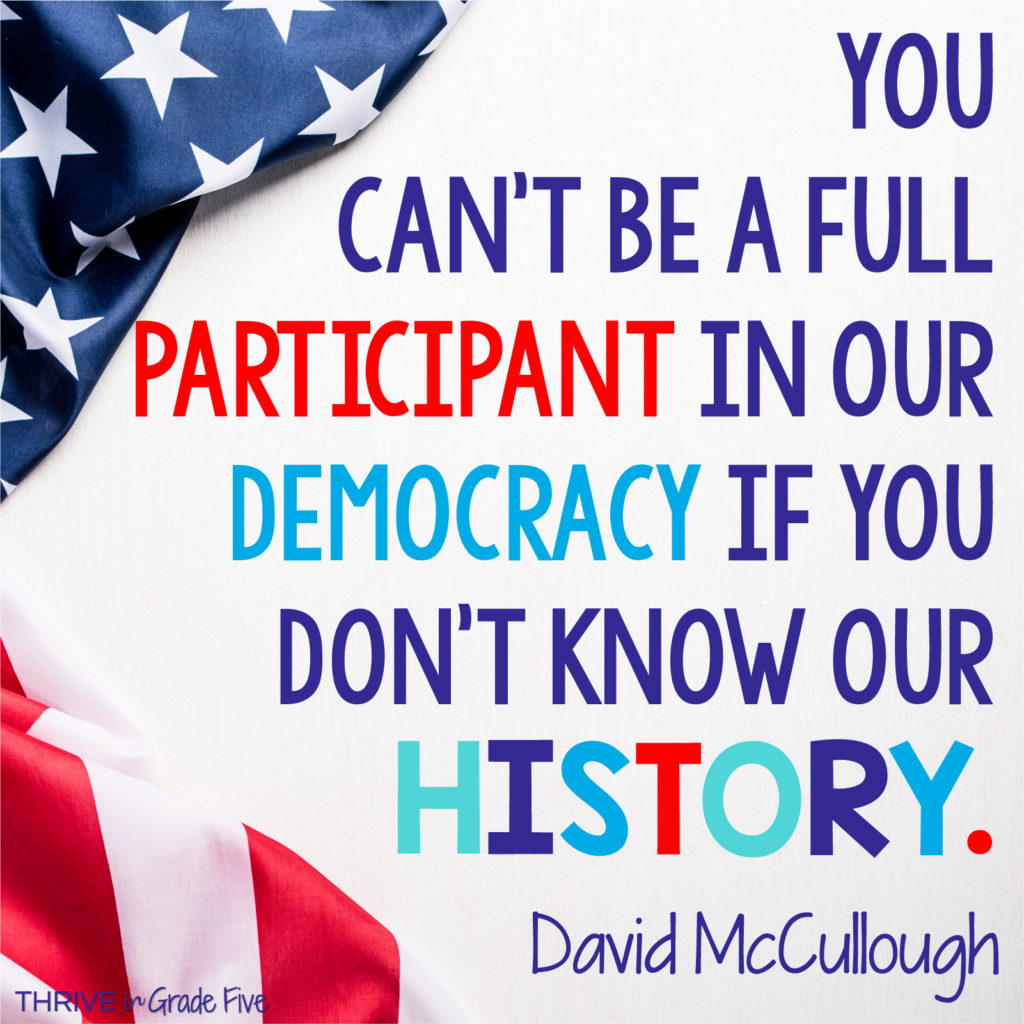
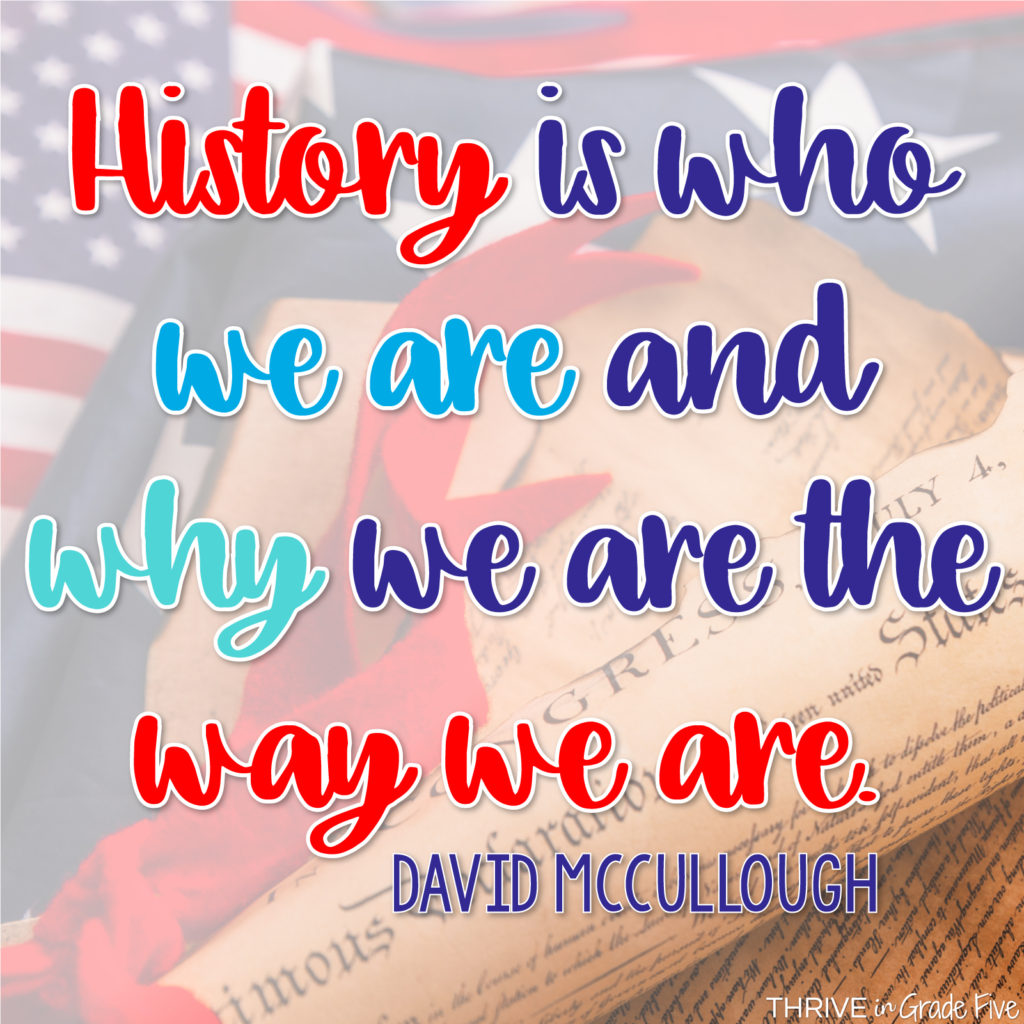
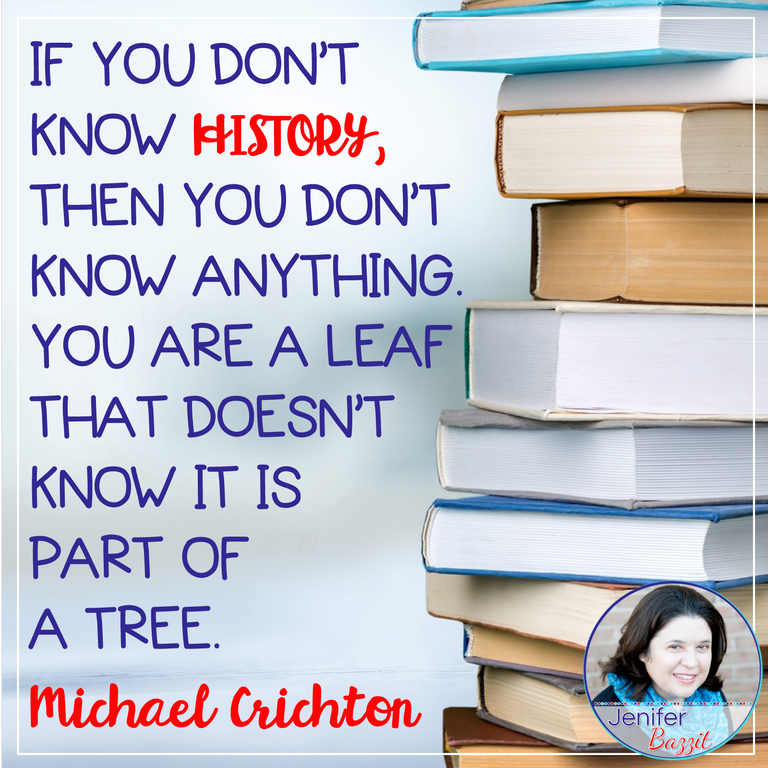
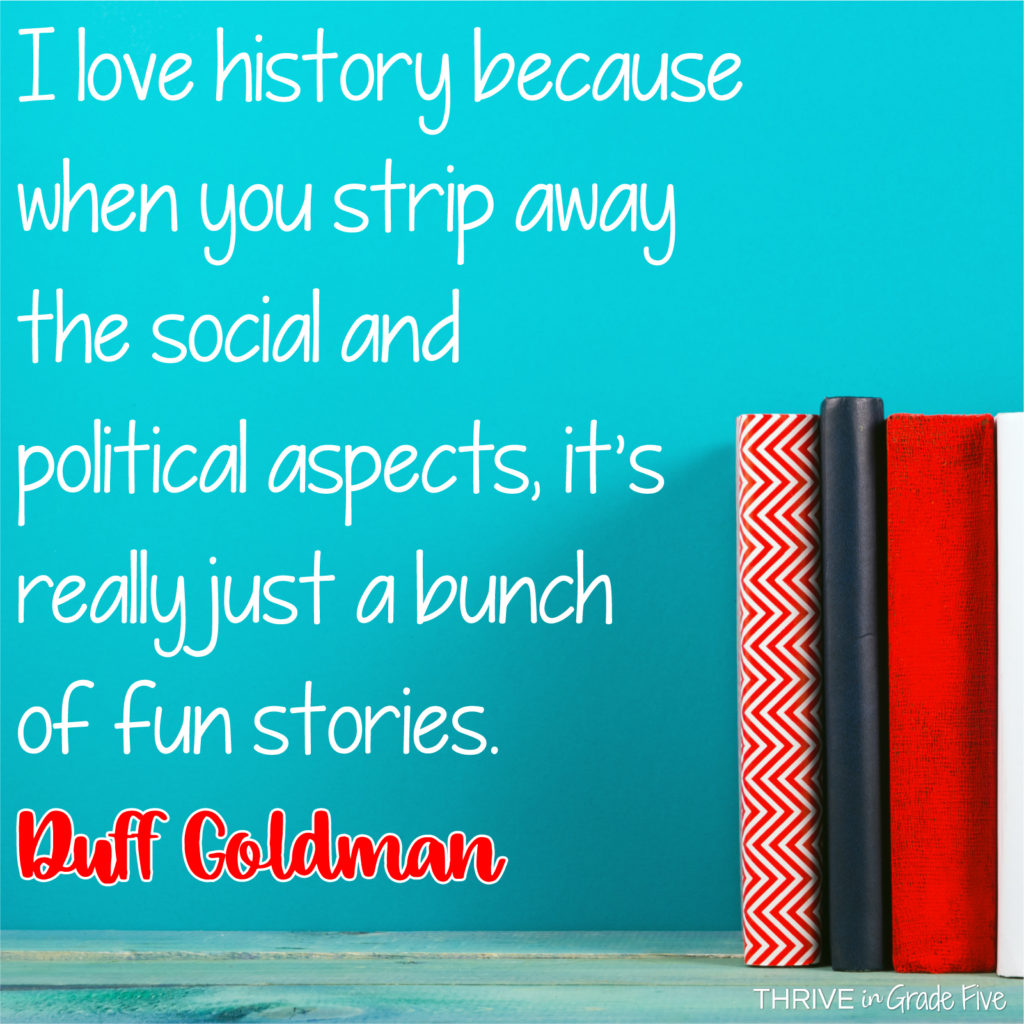
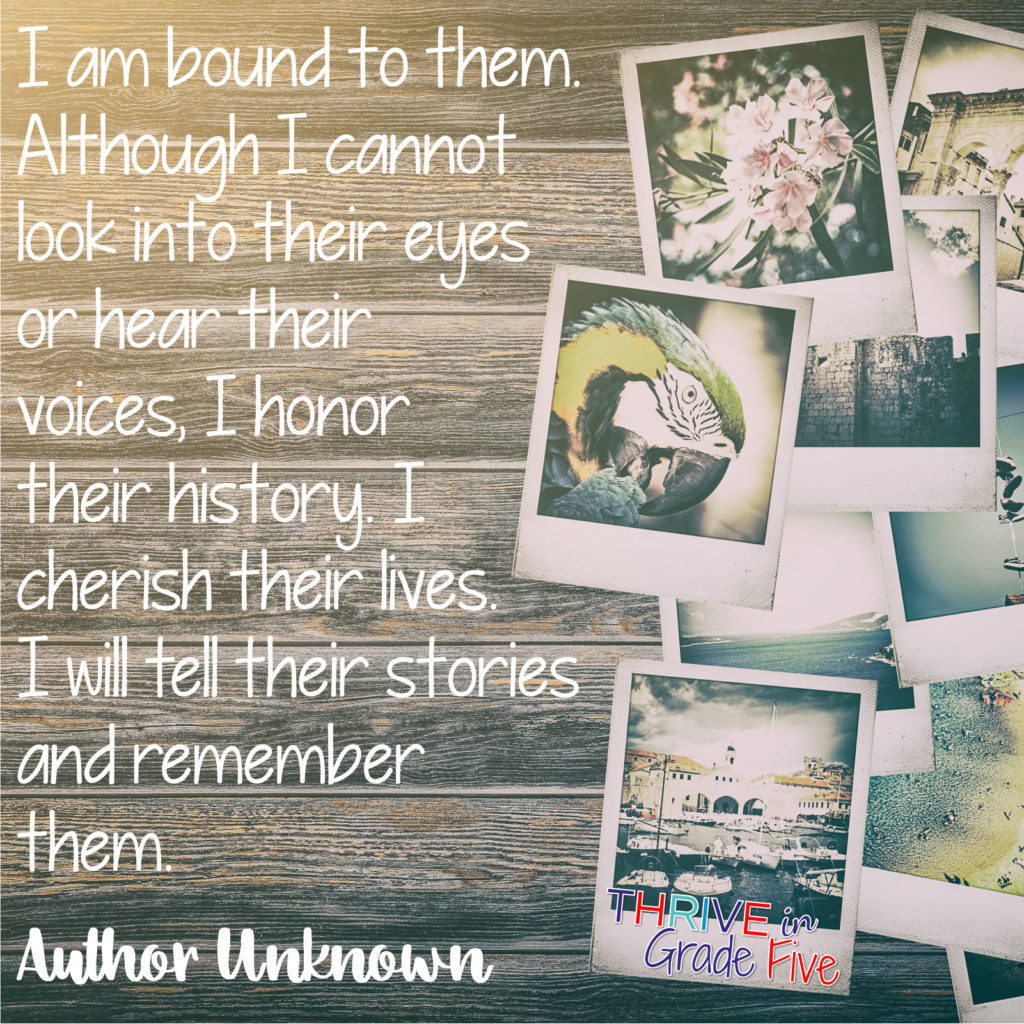
I do have a large set of social studies quote images in my TPT store for teachers who like to display quotes in their classrooms!
Social Studies Quotes Image Bundle
I find that displaying the above quotes, leading discussions, and assigning these quotes as journal prompts helps students to process them and internalize the importance of history.
This year, I started thinking about how I might lure students into the study of history and create life-long history lovers.
Who knows, maybe I have a future historian in my classroom today…
A teacher can dream, right?!?
Before we move on, I want to take a second to offer you a spot in my weekly email club full of ideas, tips, and resources for upper elementary social studies/writing teachers. Enter your first name and email address below if you’re interested:
We spend a lot of time studying the past. Sometimes we find artifacts or clues and have no idea what they are or how they were used. We can only speculate.
This led me to wonder…
What will future historians think of us?
Will they wonder about common items that we use daily?
What do we do/have that will be confusing to historians 300 years from now? 500 years from now?
I created the text below as a teacher read-aloud for my social studies students. I use this COLD because I don’t want students to have preconceived ideas on the subject matter in this article.
I say something like, “I found an interesting article. While I’m reading, I want you to think in your head about who might have written this article and why they wrote it.”
Students will be super confused at first but then they’ll catch on.
My students wanted me to read the text again and several even wanted a print out to read at home to see if their parents and siblings could figure out what was happening in the article.
Welcome friends and thank you for leaving your pods to join us today. We’ll get right to business.
We have located the ruins of an ancient civilization on a planet that appears to have been inhabited by humans centuries ago. As chief historians, it is our responsibility to uncover the lives of the humans who existed here so long ago.
Most of the evidence that would help us to understand how they lived was lost in an apparent disaster. However, we have been able to search out a few clues that may help us to understand these ancient humans.
Clue #1: Upon examining the abandoned dwellings that survived the disaster, we noticed that most contained round and rectangular hard white surfaces, sometimes in multiple areas of the dwellings. We think these containers may have been used to hold various types of liquids used by the people living in the dwellings.
Clue #2: We noted that the dwellings of these long ago humans varied greatly in size. We estimate that some dwellings held hundreds of occupants, while other dwellings held only one or two. Why did their dwellings vary in size when humans only need a small space to live well?
Clue #3: We found thousands of buildings containing tables, chairs, and containers. Scraps of print found nearby indicate some sort of nourishment was provided in these locations. However, we are puzzled over how the nourishment was distributed. Did they use nourishment tablets similar to ours?
Clue #4: In some areas, we discovered hard boxes with round rollers below them. The boxes appear to have space for four to eight people. We theorize that these boxes may have been used to move from place to place in a primitive fashion but we will continue to investigate.
Some students catch on right away that this article is set hundreds of years in the future and the historians are trying to figure out how WE lived.
This article flips the perspective for students. Instead of being the investigators of history, WE are being investigated.
This article led to some amazing, insightful discussions for my classes. I think a few even changed their minds about social studies and started to enjoy learning history!
Discussion Questions
- What common objects/activities will seem strange to people centuries in the future?
- What challenges do historians today face when trying to piece together stories of the past?
- How likely is it that students and historians today are misunderstanding aspects of the past? Why?
If you loved this blog post, you’ll definitely want to join my weekly email club just for upper elementary social studies/writing teachers:

Want to save this post for later? Simply save this pin to your teacher Pinterest board!
If you are looking for fascinating history stories to share with your students, definitely check out my Captivating History Stories Series. It’s a free weekly email series!
